Best VR Headset For Playing Game In 2023
Virtual Reality is the right way to travel using nothing more than the power of technology. With a headset and motion tracking, VR lets you look around a virtual space as if you’re actually there, or play a game like you’re really in it. It’s been gaining traction in recent years thanks to some very compelling games and experiences, though it still seems very much in a state of flux, with headsets coming and going fairly rapidly. Here you can get the best information on VR Headset For Gaming.
Oculus is focusing its efforts on a standalone VR headset, the Quest 2, but providing the option to use it as tethered to a PC with a cable. HTC has the tethered Steam-friendly Vive Cosmos and the developer-focused Vive Pro. Sony has the PS4-compatible PlayStation VR (which will presumably work with the PlayStation 5 when it comes out), and Microsoft is supporting its Windows Mixed Reality platform with a scant few third-party headsets. There’s also Valve, with its expensive Valve Index headset. Here’s what you need to know about all of them.
ad
“Virtual reality is the first step in a grand adventure into the landscape of the imagination.”
– FRANK BIOCCA, TAEYONG KIM, & MARK R. LEVY
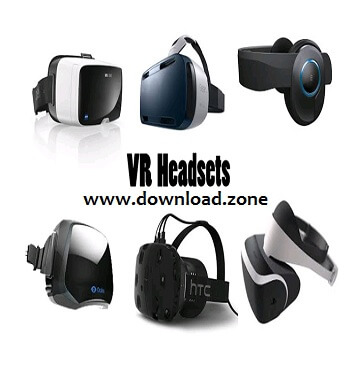
Modern VR headsets now fit under one of two categories: tethered or standalone. Tethered headsets like the HTC Vive Cosmos, PlayStation VR, and Valve Index are physically connected to PCs (or in the case of the PS VR, a PlayStation 4). The cable makes them a bit unwieldy, but putting all of the actual video processing in a box you don’t need to directly strap to your face means your VR experience can be a lot more complex. Either external sensors or outward-facing cameras on the headset provide full 6DOF (six degrees of freedom) movement tracking for both your head and your hand’s thanks to motion-sensing controllers.
If you’re looking for the very best overall PC VR headset, Valve Index is our pick. It’s pricey compared to the rest but has an excellent balance of quality, performance, and comfort.
ad
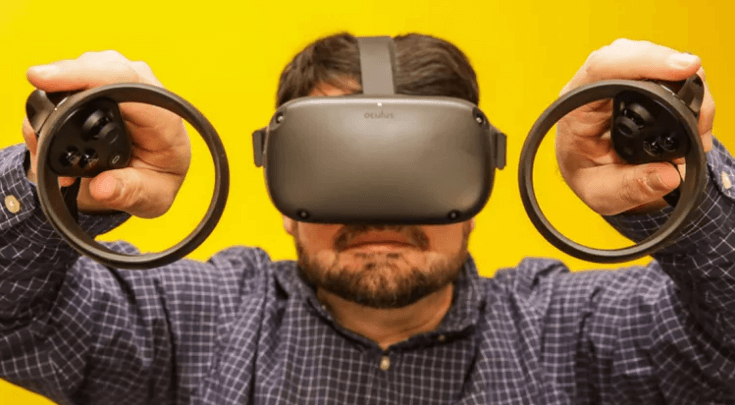
Best VR Headset Gaming in 2020 are as follow
1. Oculus Quest 2
The Oculus Quest 2 is a $300 standalone VR headset powered by a Qualcomm Snapdragon 865, a considerable upgrade in power over the original Quest and it’s Snapdragon 835. It offers a comprehensive VR experience in a single package with no wires needed (except to charge the headset), and currently provides the highest resolution of any consumer VR headset at 1,920 by 1,832 per eye. It has two motion controls for full 6DOF head and hand motion tracking and offers a surprisingly robust library of VR software in its onboard store.
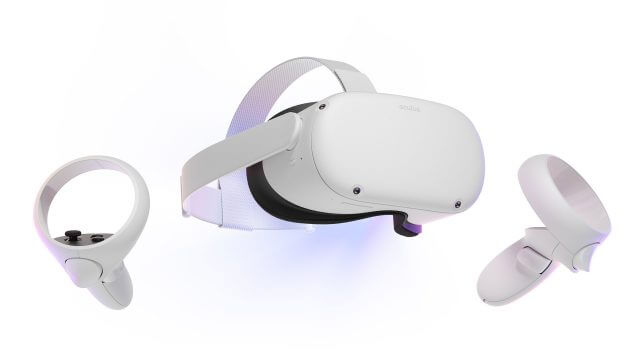
2. Oculus Rift S
The Oculus Rift S is an improvement over the original 2016 Rift PC VR headset, adding overdue features like a higher-resolution display and self-contained room tracking via five cameras studded in the Rift S headset. No more external cameras or sensors are needed, making the Rift S much easier to use casually.
Oculus’ collection of games and apps is excellent, and the Oculus Store is easy to browse for games for first-time Rift users. In-headset tracking for the Rift S isn’t always as seamless or as large-scale as the holodeck-like room tracking on the HTC Vive and Valve Index, but not needing to install any extra hardware is a huge help. The Rift S still uses a cable tethered to your PC, but at least that one cable is pretty compact.
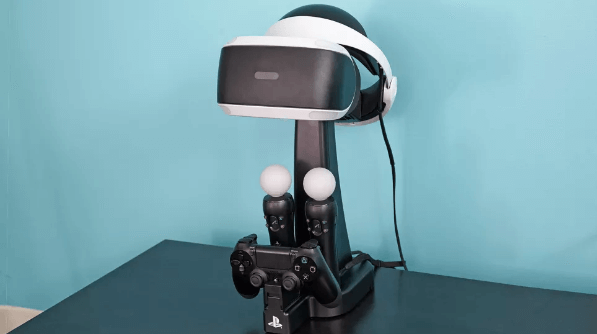
3. Sony Playstation VR
If you want to play VR games on a console then the PlayStation VR system is your best, and pretty much only bet. It combines a neat headset that looks semi-futuristic and is surprisingly comfortable, with a superb range of games that’s been slowly expanding. You can play games like Star Wars Battlefront: Rogue One X-Wing Mission, Eve: Valkyrie, and Batman: Arkham VR, as well as Astro Bot Rescue Mission – one of the more interesting recent VR games.
If you have a PS4 or PS4 Pro, then PlayStation VR is one of the more affordable ways to play the Best VR games, especially given that you don’t need an expensive gaming PC. Yet with the initiative Move controllers and movement tracking, you are still getting a rather high-end VR experience. Granted, it won’t quite deliver the resolution of the Oculus Rift or HTC Vive, but it can deliver a 120Hz refresh rate in some games.
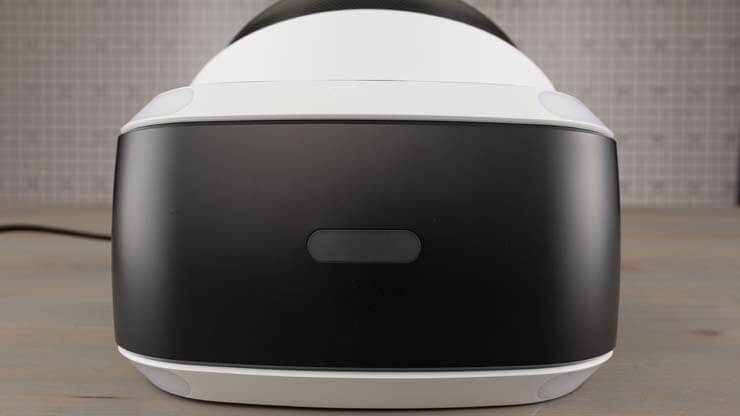
4. Oculus Go
While the Oculus Rift S might take care of high-end VR that needs a powerful PC connected to it, the Oculus Go is targeted at people who want a cheaper VR headset without needing to put a smartphone in it either. Equipped with a Snapdragon 821 chipset, the Oculus Go is an all-in-one VR headset that comes with a 5.5-inch 2560 x 1440 WQHD fast-switch LCD; that converts to 1280 x 1440 per eye, which is impressively sharp for a lower-end headset.
Cutting the wires to a PC or gaming laptop might mean the very highest-fidelity with the Best VR Headset Gaming is out of reach for the Oculus Go. But it still delivers plenty of crisp detail, solid color, and spatial audio, as well as provides access to an expansive suite of apps and games.
So all things considered, as an affordable self-contained VR headset, the Oculus Go is pretty impressive.

5. HTC Vive
A wild-card picks the Best VR Headset For PC is the Vive Cosmos, the follow-up to 2016’s HTC Vive. The Cosmos has self-contained tracking like the Oculus Rift S and a better-resolution display than the original Vive but also has swappable faceplates that will add more cameras for mixed reality and external sensor tracking (for larger holodeck-type experiences). The Cosmos can get expensive, but its flexibility might be intriguing for creators. Bonus: you can use Valve Index accessories with it.
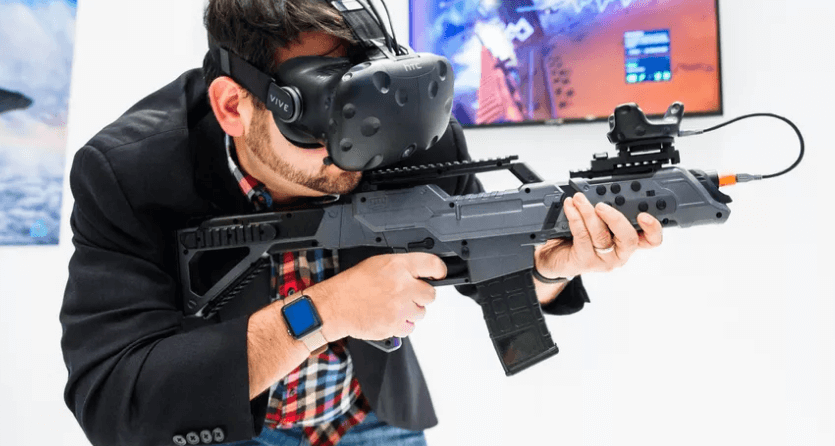
6. Valve Index
Valve ought to know a thing or two about gaming experiences, and the company’s experience working with HTC and its work on Lighthouse tracking technology have all fed into the Index. From the moment you wear the headset, you can appreciate the high-quality construction, built-in ear speakers, and comfortable cushions, although it is noticeably heavier than other VR headsets on the market.
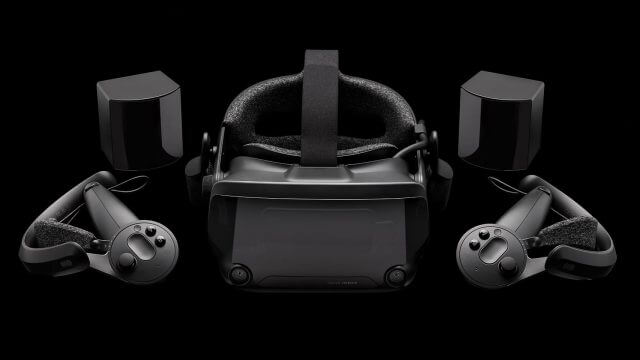
7. Pansonite 3D VR Glasses
The Pansonite is as close as you can get to a high-end of the Best VR Headset for Gaming without paying an exorbitant price. It features a cloth design in front, similar to Google’s Daydream, along with an adjustable plastic headband that’s reminiscent of the PlayStation VR. Pansonite’s headset also packs built-in headphones with an aux input — which is great if your phone still sports a headphone jack or if you have an adapter on hand — and a dial on top for adjusting the focus.
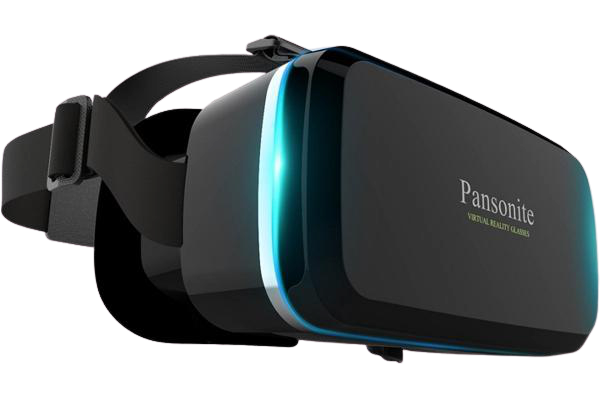
If you want a no-frills VR headset then the Topmaxions is a headset to consider. It has a minimal design with neat touches like foam padding to protect your face, yet avoids making your head too hot if you wear it for an extended amount of time. A removable outer cover opens things up for some augmented reality action facilitated through your phone’s camera.
9. Google Cardboard
Google Cardboard isn’t a standalone headset anymore but a name given to a group of cheap VR headsets made from cardboard. Much like some of the other cheap VR headsets on this list, the Cardboard headset relies on a smartphone to do the VR heavy lifting.
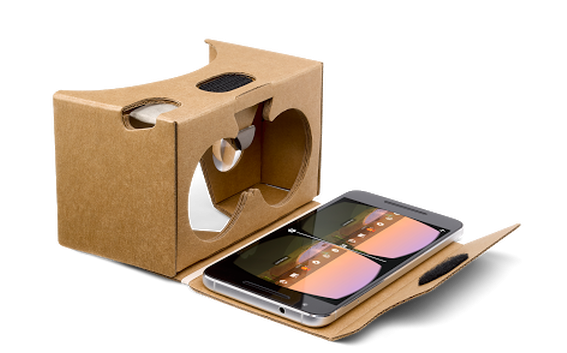
10. Homido Virtual Reality 3D Wireless Headset
The Homido Virtual Reality 3D Wireless Headset is another very cheap way to get started with VR. It’s another smartphone-powered headset and provides an easy way to access VR experiences and games.
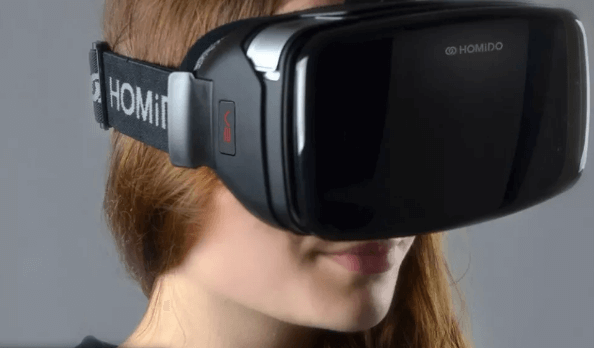
Conclusion
If you know anything about VR, you’ll already know what PS4 is the only console that currently supports a VR headset, and PlayStation VR is the only console VR headset you can use. Now you can know all information about the Best VR Headset For Gaming in 2020 and experience the new generation to play your favorite games.
ad


Comments are closed.